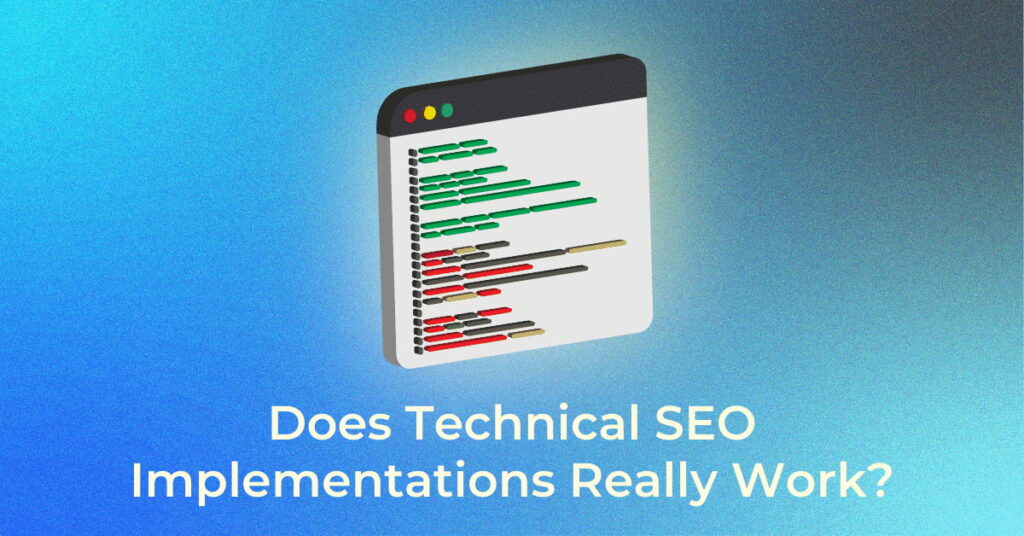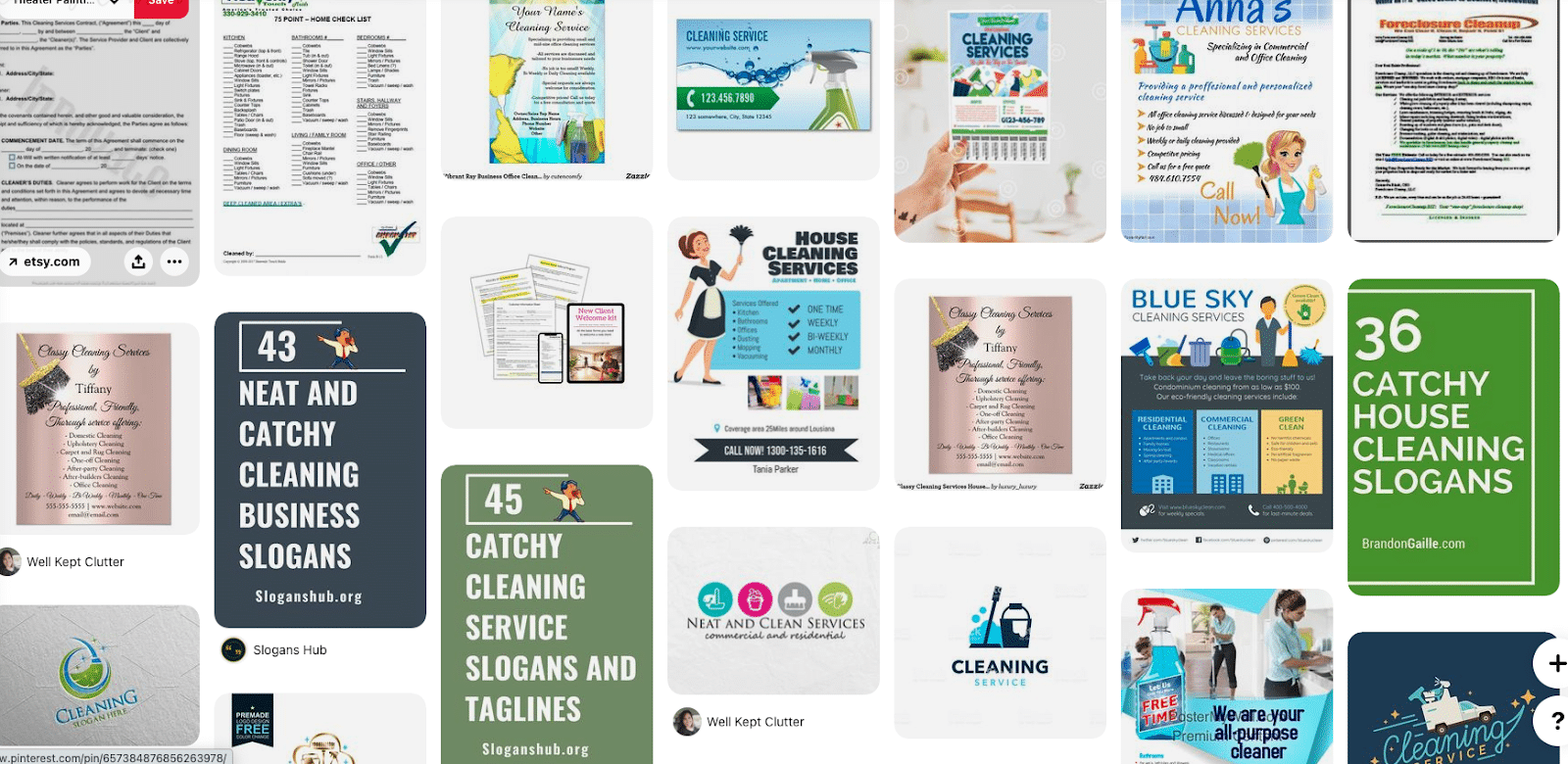Exploring Cost-Cutting Innovations: Strategies for Business Savings
In today’s competitive business landscape, cost-cutting is essential for maintaining profitability and staying ahead of the competition. However, traditional cost-cutting methods may no longer suffice in the rapidly evolving business environment. Businesses need to innovate and adopt new strategies to achieve sustainable savings while maintaining operational efficiency. In this article, we’ll explore innovative cost-cutting strategies that businesses can implement to improve their bottom line.
Embracing Technology: Automation and Digitization
One of the most effective ways businesses can save money is by embracing technology to automate and digitize their processes. Automation can streamline workflows, reduce manual labor costs, and minimize errors, leading to significant cost savings over time. From automated inventory management systems to AI-powered customer service chatbots, businesses can leverage technology to optimize efficiency and cut operational expenses.
Outsourcing Non-Core Functions: Leveraging External Expertise
Outsourcing non-core functions such as IT support, accounting, and customer service can help businesses save money by eliminating the need for in-house staff and infrastructure. By partnering with external service providers, businesses can access specialized expertise on an as-needed basis, reducing overhead costs and improving operational efficiency. Outsourcing also allows businesses to scale their operations more flexibly, adapting to changing business needs without incurring additional overhead expenses.
Implementing Lean Practices: Minimizing Waste
Lean practices focus on minimizing waste and maximizing efficiency in business operations. By identifying and eliminating non-value-added activities, businesses can reduce costs while improving quality and customer satisfaction. Lean methodologies such as Six Sigma and Kaizen encourage continuous improvement and empower employees to identify and implement cost-saving opportunities at all levels of the organization.
Optimizing Supply Chain Management: Streamlining Logistics
Optimizing supply chain management can lead to significant cost savings for businesses. By streamlining logistics, consolidating suppliers, and implementing just-in-time inventory management practices, businesses can reduce transportation costs, minimize inventory holding costs, and improve overall efficiency. Advanced technologies such as blockchain and predictive analytics can further optimize supply chain operations, enabling businesses to make data-driven decisions and achieve greater cost savings.
Negotiating Favorable Contracts: Securing Better Deals
Negotiating favorable contracts with suppliers and vendors can help businesses reduce procurement costs and achieve significant savings. By leveraging their purchasing power and building strong supplier relationships, businesses can negotiate lower prices, longer payment terms, and exclusive discounts. Strategic procurement practices such as supplier consolidation and competitive bidding can further enhance cost savings and improve profitability.
Implementing Flexible Work Arrangements: Reducing Overhead
Implementing flexible work arrangements such as telecommuting and flexible scheduling can help businesses reduce overhead costs associated with maintaining physical office spaces. By allowing employees to work remotely or adjust their work hours to accommodate personal preferences, businesses can save on rent, utilities, and office supplies while promoting work-life balance and employee satisfaction.
Investing in Employee Training: Improving Performance
Investing in employee training and development can lead to long-term cost savings by improving employee retention, productivity, and performance. Well-trained employees are more efficient, motivated, and engaged, leading to higher levels of customer satisfaction and business success. By providing opportunities for skills development and advancement, businesses can reduce turnover costs and foster a culture of continuous learning and improvement.
Embracing Sustainable Practices: Reducing Environmental Impact
Embracing sustainable practices not only benefits the environment but can also lead to cost savings for businesses. By reducing energy consumption, minimizing waste, and optimizing resource usage, businesses can lower utility bills, reduce disposal costs, and qualify for tax incentives and rebates. Sustainable practices also enhance brand reputation and appeal to environmentally conscious consumers, driving long-term business growth and profitability.
Strategic Marketing Investments: Maximizing ROI
Strategic marketing investments can help businesses maximize their return on investment (ROI) and achieve cost-effective growth. By targeting the right audience, optimizing marketing channels, and measuring campaign performance, businesses can minimize marketing expenses while maximizing the impact of their marketing efforts. Digital marketing strategies such as content marketing, social media advertising, and search engine optimization (SEO) offer cost-effective ways to reach and engage target customers, driving sales and revenue growth without breaking the bank.
Continuously Monitoring and Adapting
Finally, businesses must continuously monitor their expenses and adapt their cost-cutting strategies to changing market conditions. Regularly reviewing financial performance, analyzing key metrics, and benchmarking against industry peers can help businesses identify areas for improvement and implement targeted cost-saving initiatives. By fostering a culture of innovation and continuous improvement, businesses can stay agile, resilient, and competitive in today’s dynamic business landscape.
Read more about ways businesses can save money






